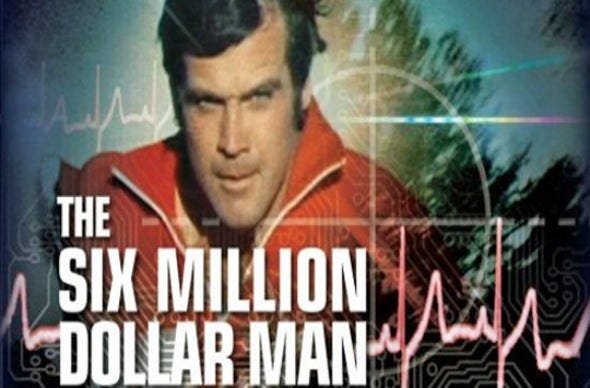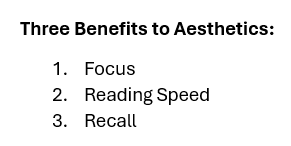When I was in high school, I loved watching the “Six Million Dollar Man” with Lee Majors. He had Bionic implants that gave him superhuman strength, speed, and vision. I daydreamed about having bionics. I thought it would be so cool.
The other day, I learned that I kinda did have bionic powers when I learned about Bionic Reading. There’s even an App for that. In essence, Bionic Reading claims to facilitate the reading process by guiding the eyes through the text with artificial fixation points. You can even try it out with a free converter online. Some people believe Bionic Reading makes reading faster. Some think it helps readers understand content better. And, of course, others claim to have debunked those theories. I can tell you from my experience that I did not read any faster, but I absolutely felt like I understood and retained the content better. I was able to look away from the screen after and sum up what I read better than the original version. You can decide for yourself by going to the links in this paragraph. Whether you become a believer or not, I firmly believe that content can be enhanced through reasonable aesthetics and architecture.
In my writing – both documents and presentations – I have applied a variety of aesthetics to include text colors, fonts, bolds, underlines, italics, bullets, numbers and more. These tools and attributes provide aesthetics that can help the reader focus on main points. Another benefit is that they can make for a faster read. When well done, the appropriate use of aesthetics can also improve recall. Or should I just have just typed:
Like most things, extremists are never right. Those who never apply these tools to their writing tend to be boring and mundane, allowing readers to get lost. Those who overuse them are painfully annoying.
I refer to my other tool as architecture, the framework and foundation to start the reader down the right path. Either in email subject lines and/or the opening to documents, I open with some of the following examples.
Of course, there are countless more examples. And, again, moderation is the key. The first time you use URGENT for something that is not, it loses all power. In my last position, I received considerable unsolicited compliments to this approach. People seemed to appreciate how it helped them prioritize and organize. Still, in all humility, few if any of my colleagues ever mirrored my approach.
Maybe it’s a hassle and takes time. Maybe it’s worth it.
To be fair, we can’t all be the six-million-dollar editor. 😊
(Emoticons are a conversation for another day)
###








